

The Basics
Reduce stress — and build your brain — with a few moments of mindfulness.
Almost every religion, from Buddhism to Jainism to Hinduism to Christianity, has some meditative aspect. But these days, meditation — focusing the mind on an object, thought or activity to achieve a mentally clear state — is less about looking to deities and more about finding ways to combat everyday stress and protect the brain from the signs of aging.
The practice of meditation can be performed in many ways — sitting, walking in nature, even doing household tasks. The common thread is mindfulness, or focused attention. The goal is to be firmly in the present moment and not distracted by stray thoughts or worries.
Meditation is simple — no special equipment or tools are needed (though a small pillow can add comfort). But that doesn’t mean you’ll find it easy to sit quietly and stop your brain chatter.
“It takes time and it takes energy,”explains Bhante Henepola Gunarantana in Mindfulness in Plain English. “It also takes grit, determination and discipline.”
But all the effort is worth it: According to a wealth of research including a 2012 study at UCLA, long-term meditating can actually alter the brain, reinforcing the connections between brain cells, boosting cognitive ability and memory, and thickening the cortex, which can lead to decreased sensitivity to pain. And a 2013 UC Davis study concluded that staying in the moment rather than letting the mind drift can lower levels of the stress hormone cortisol. So take a few moments to be still, be mindful — and change your brain.

Sitting Meditation
Start by meditating just two minutes a day, every day, then work up to 10 to 20 minutes a day.
GET IN POSITION
Sit in a half-Lotus or Lotus Position on the floor, with a small cushion tucked under your tailbone. Or kneel with your buttocks resting on your calves. You may also sit in a straight-back chair without touching the back of it. Elongate your spine — think about a thread pulling from the top of your head to the ceiling — and tuck your chin slightly. Let your hands fall, relaxed, onto your lap.
LOSE FOCUS
With eyes half-shut, gaze down at about a 45-degree angle toward the floor in front of you.
CHECK IN
How are you feeling? What thoughts are occupying your mind? Acknowledge and accept those feelings.
COUNT YOUR BREATHS
Breathe slowly through your nose, following your breath as it travels from your nose all the way down to your lungs. Count one as you breathe in; two as you breathe out. Repeat until the count of 10, then start over.
CHECK YOUR WANDERING
When your mind wanders (and it will!), acknowledge the thoughts, then refocus on your breathing.
SCAN YOUR BODY
As you become more experienced with meditation, try focusing your attention on one part of your body at a time. Start at the soles of your feet — how do they feel? Then move up to toes, tops of feet, ankles, etc., all the way to the top of your head.
BE KIND TO YOURSELF
There’s no perfect way to meditate; don’t criticize, just be happy you’re doing it!
Walking Meditation
For some, walking is an easier introduction to meditating than sitting. It’s also an excellent complement to seated practice. But this isn’t the same as walking for exercise; steps are much more deliberate than your usual stroll in the park. Try for 15 minutes at the beginning, then gradually increase.
First, find a safe, secluded spot where you won’t be distracted or disturbed (your backyard might be just right). As you begin walking, pay attention to your feet touching the ground and the movement of your muscles; if you feel any stiffness or soreness in your body, consciously try to relax it.
Become aware of yourself moving through space. Listen to the sounds around you. Feel the air temperature around you. As you continue walking, gradually scan your body, from the soles of your feet to your toes, ankles, shins, calves, knees, thighs, pelvis, hips, back, chest, shoulders, arms, neck and head. How do you feel? Become aware of your mental and emotional states. Where is your mind?
Transcendental Meditation
For those willing to pay about $1,000 to learn the technique, Transcendental Meditation promises to liberate the mind from conscious thought. Unlike sitting and walking meditation, TM employs a mantra — essentially just a sound — bestowed on practitioners during a special ceremony. Devotees (like Jerry Seinfeld) then silently chant their mantra, eyes closed, for 20 minutes, twice a day. “Every single human being has a level deep inside the mind that’s already calm,” Bob Roth, a TM teacher, has said. “It was [there] yesterday, it’s there now, and it will be there tomorrow… We’ve just lost access.”
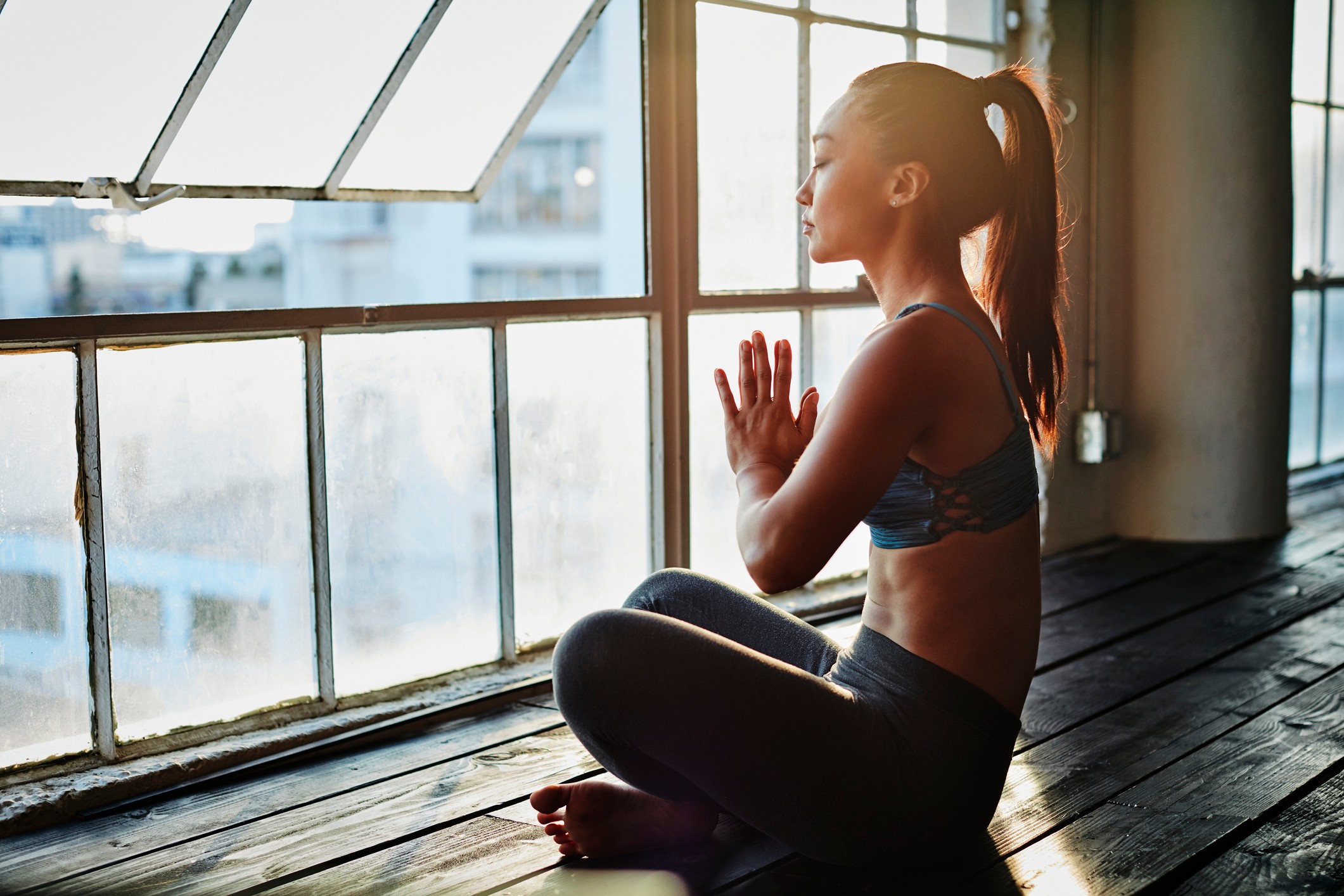
MAKE TIME FOR MEDITATION
Sure, you’re busy — but there are ways to sneak some inner peace into your overscheduled life.
Ideally, your meditation practice would take place in a calm, serene space at the same time every day (think: first thing in the a.m.). But we all know life doesn’t work that way — who’s gonna make the kids’ breakfast? And that’s OK. Meditation is flexible and forgiving. Here’s how to fit it into your busy schedule.
Lunchtime at work is an obvious time to try to squeeze in a few moments of meditation. Don’t worry if a meeting cuts your session short — even a quick bout of mindfulness has healthful effects.
A 2015 study showed that mental health care professionals who meditated just five minutes a day decreased their stress levels — and increased well-being — over time.
Whether you’re stuck in the airport or sitting on the sideline of your kid’s soccer game, try using a meditation app.
Headspace, for example, offers mindfulness exercises for commuting, walking, eating and even exercising. “These are so helpful,” founder Andy Puddicombe has said. “They require no extra time and can be folded into an otherwise busy day.”
And speaking of folding, you can treat household tasks, like doing laundry, as a time to slow down and focus your mind. “Look at the item you’re folding. Feel the texture of the fabric against your skin,” counsels Joanna Bartlett of the site Alight Intuition.
“Note the edges of the item, how it’s made, its seams and craftsmanship. Fold it deliberately, carefully. Notice the breath going in and out of your body, and how your hands and arms work together to complete the task. Put it down and pick up the next item. There, you meditated and folded laundry at the same time.”
Or why not turn an unpleasant commute into a chance to commune?
In a guide for The New York Times, reporter David Gelles suggests, “Instead of focusing on how crowded or dirty the subway car is, try to feel the sensations of your own body.” And if you want to take it a step further, practice metta, or “loving-kindness,” meditation, in which you silently wish well to all the people surrounding you — even the guy standing on your foot!
THE BEST APPS FOR MEDITATING
Get inspiration and guidance via your phone.

THE MINDFULNESS APP
Whether you’re just getting started or are experienced in meditation, The Mindfulness App has guided silent meditations from three to 30 minutes. Users can set mindfulness reminders throughout the day and keep track of their journey by syncing with their health app.
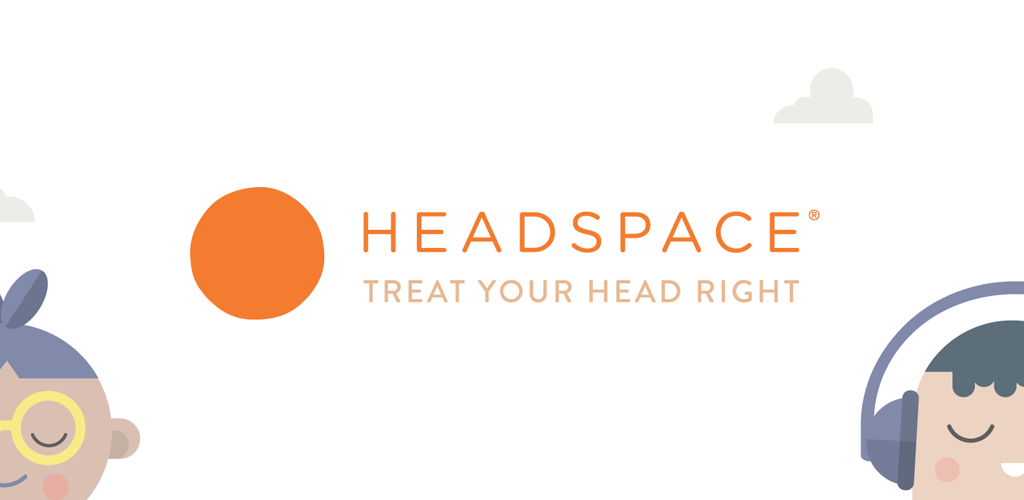
HEADSPACE: MEDITATION
Train your mind with guided meditations on everything from stress to sleep. The app, developed by a former monk, also offers two- to three-minute mini meditations for a quick mental reset, as well as SOS sessions for moments of panic. “It takes all the pretense out of meditation,” Jared Leto, an investor, has said.
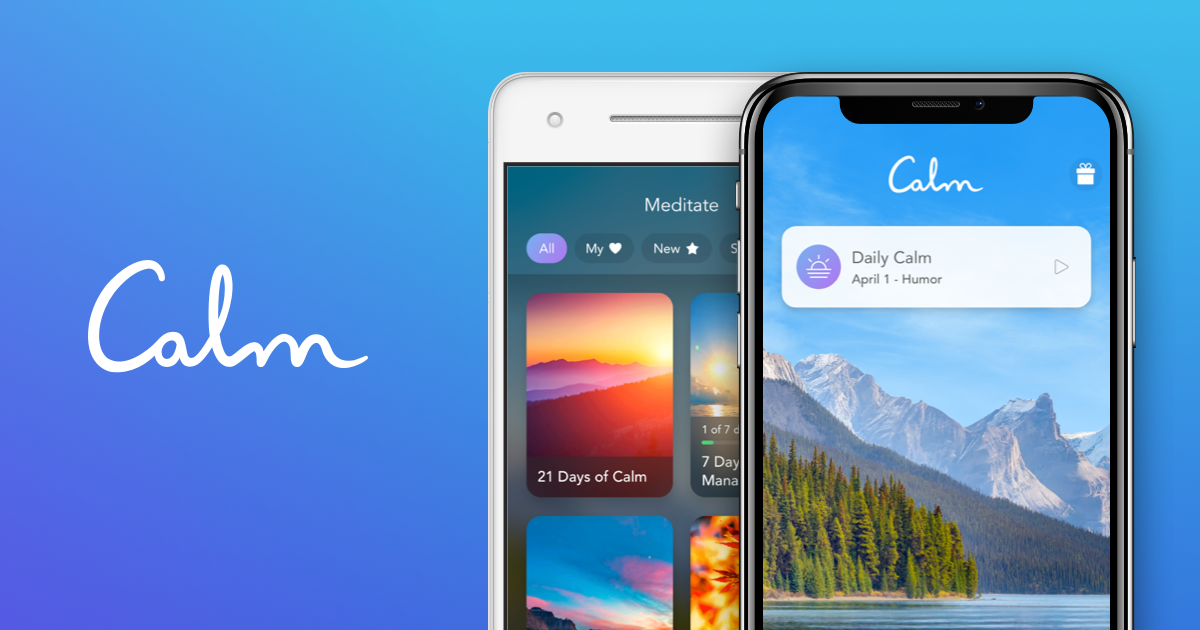
CALM
In addition to features such as meditation sessions ranging from three to 25 minutes and more than 30 soothing nature sounds and scenes to use during meditation, Calm offers nearly 100 sleep stories — adult bedtime stories designed to lull you to sleep!
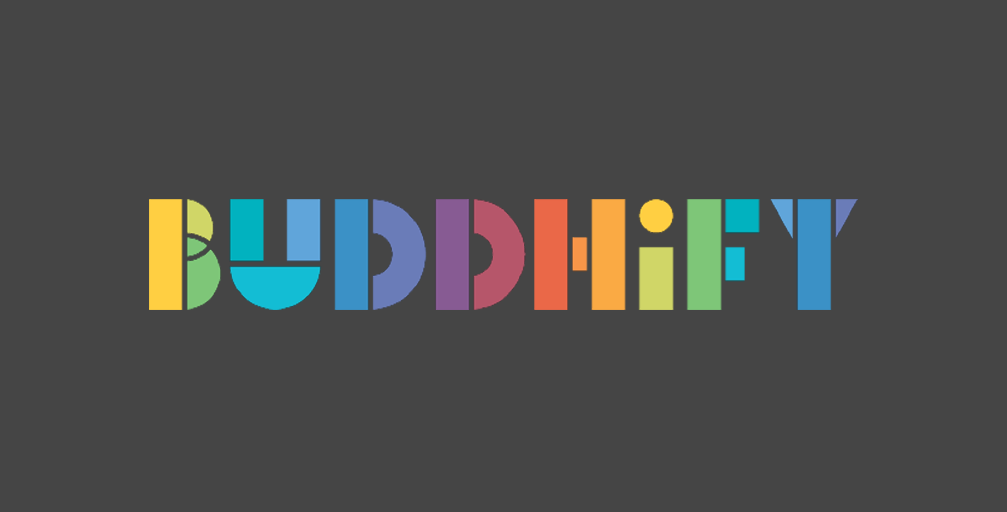
BUDDHIFY
Created to fit busy lifestyles, this app focuses on on-the-go meditation, which you can do wherever you are, no matter what you’re doing. You’ll find guided meditations for walking, stress and difficult emotions, work breaks, going to sleep, waking up, being with a friend and much more.

INSIGHT TIMER
Insight includes thousands of guided meditations to help you build a simple daily habit. Users are offered a wide array of music tracks and ambient sounds, plus access to discussion groups and community features.
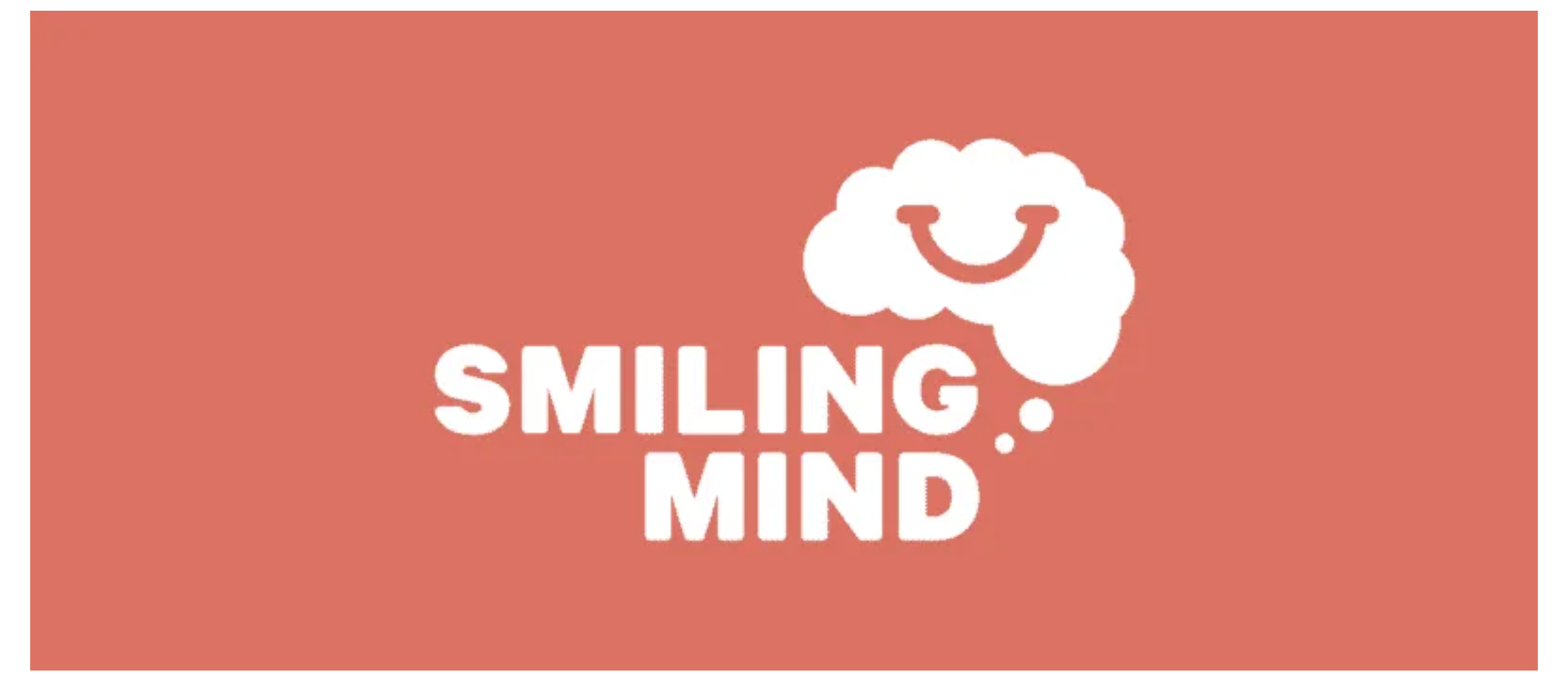
SMILING MIND
Designed by psychologists and educators to assist with the pressures of daily life, Smiling Mind includes programs for kids as young as seven as well as adults. Educators and managers can also tap in to mindfulness programs for the classroom and workplace.

10% HAPPIER
After suffering an on-air panic attack in 2004, ABC News anchor Dan Harris turned to meditation. “I had thought meditation was BS, actually,” he once admitted. Fittingly, the app, which offers a diverse group of teachers, is designed for skeptics: According to Harris, “We’re much more in the no-BS category… That doesn’t mean we don’t talk about serious emotional issues, but we do it with a sense of humor.”
STARS WHO MEDITATE
Stars center themselves using the ancient method of mindful quiet

ELLEN DEGENERES
“It feels good. Kinda like when you have to shut your computer down, just sometimes when it goes crazy, you just shut it down and turn it on, it’s OK again,” says the controversial talk show host. “That’s what meditation is for me.”

EVA MENDES
“It’s tapping into something so deep that when the rewards, I don’t even know I’m reaping them,” the Hitch actress said.

JULIANNE HOUGH
“Meditation sounds simple enough, but the truth is it can be really hard,” said the Dancing With The Stars alum.

GISELE BÜNDCHEN
“Meditation has been a great tool for me in my life. It helps to quiet life. It helps to quiet my mind and helps me see things more clearly. It brings a sense of peace to my day.”

PAUL MCCARTNEY
“Transcendental Meditation gives me an island of calm in the midst of so much turbulence,” said the legendary musician.

HALLE BERRY
“I’ve been doing a series of meditations since the day [my father] died… I go to this gazebo — I imagine it in my mind — and there he is, sitting there — and he says to me all the things that he should have said to me in his life.”

HUGH JACKMAN
“I found that with meditation, my anxiety levels dropped considerably. It seems to me that the mind is fuel to the fire of fear. The mind can make us worry about things beyond their measure. And the great thing about meditation is that twice a day, the monkey mind just calms down.”













